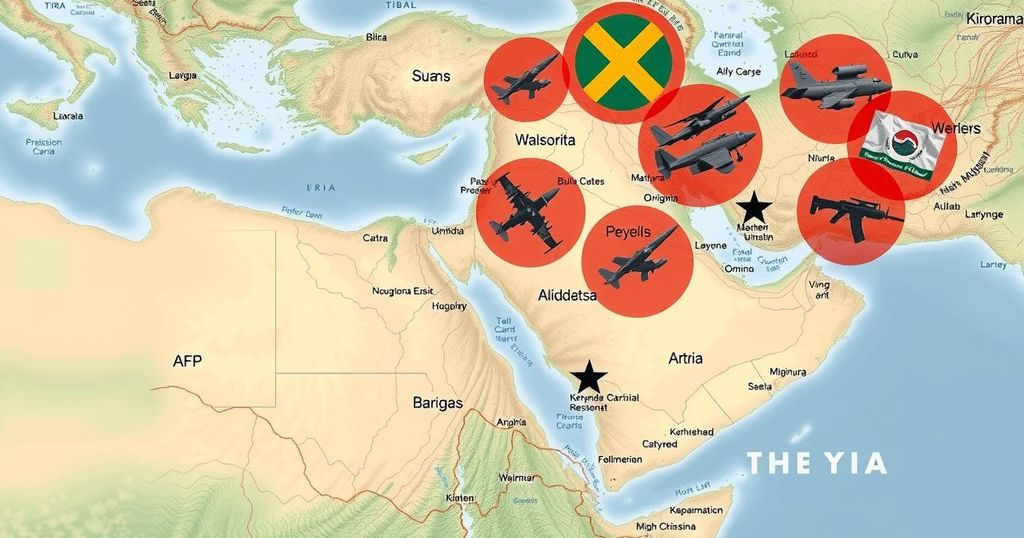The Pentagon is enhancing the U.S. military presence in the Middle East by sending additional troops and aircraft in response to rising tensions and Iranian missile threats. This consolidation aims to bolster regional stability and uphold U.S. interests in ongoing conflicts.
The recent escalation of tensions in the Middle East has prompted the Pentagon to bolster the U.S. military presence in the region. Following an Iranian missile attack, which was countered with assistance from U.S. naval forces, the Department of Defense is dispatching additional troops and aircraft squadrons. This move underscores the growing complexity of military operations as the United States positions itself to respond to potential threats arising from ongoing conflicts.
Currently, the U.S. maintains a substantial military footprint across various countries in the Middle East including Iraq, Syria, and Kuwait. U.S. forces are primarily deployed to conduct operations against terrorist organizations, provide training for local forces, and support allied nations in maintaining regional stability. The strategic presence of American troops serves as a deterrent against hostile actions from adversaries, notably Iran, and is pivotal in safeguarding U.S. interests in the area.
The United States has a long-standing military engagement in the Middle East, a region characterized by geopolitical tensions and conflicts that often draw international attention. The presence of U.S. forces serves multiple purposes: combating terrorism, supporting allies, and ensuring the free flow of trade through crucial waterways. Recent developments indicate that the U.S. may expand its military capabilities in response to new threats and challenges posed by state and non-state actors in the region.
In summary, the recent decision by the Pentagon to augment U.S. military deployments in the Middle East reflects the growing complexities and dangers present in the region. With an increased focus on countering Iranian aggression and supporting allied nations, the U.S. military remains a critical player in efforts to stabilize an area rife with conflict. The effectiveness of these additional deployments will be closely monitored as the situation evolves.
Original Source: www.nytimes.com






